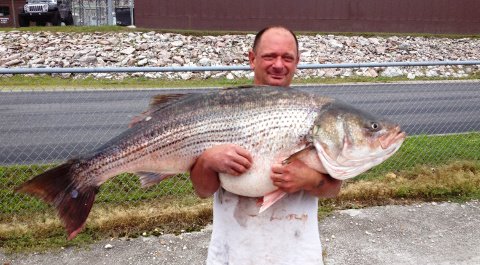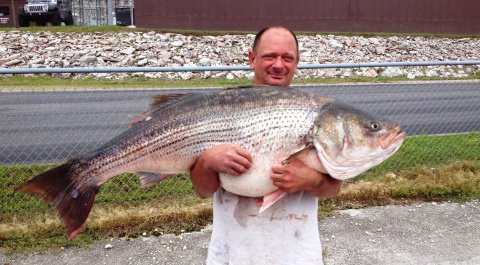
Every angler wants to catch a trophy – the fish of a lifetime. However, catching a monster fish is the Holy Grail anglers continue to chase, day after day, year after year. How do you actually catch a trophy fish?
Whether you are dreaming of a trophy muskie, walleye, northern pike, largemouth bass, sunfish or trout, there are a few steps to follow that can turn that dream into a reality.
The first and most important step is to go to a place that holds trophy fish. It may seem overly simplistic, but many anglers keep casting into water that does not hold big fish or water that lacks the potential for holding big fish. They continue to fish the same lakes or rivers they have fished for years, hoping for a trophy, while not thinking about the trophy potential of that body of water.
The key to finding trophy water is to dig in and do some research. Check the record books. Find bodies of water that have produced record fish. Look at fishing reports in newspapers or online. What lakes or rivers are consistently producing large fish? And do not forget to research state fisheries’ stocking and census data for individual lakes. They can be invaluable tools in finding water with trophy potential.
Another key to locating trophy water is to remember that quantity does not equal quality. For example, a given lake may be excellent for catching northern pike. On any given day, an angler can catch a limit of northerns in a matter of hours. The problem is that among all those northern pike, very few weigh more than five pounds. The trophy potential is not there, because the lake is overrun with northern pike. There is too much competition for food and few fish grow to a substantial size. Instead, look for lakes with a moderate or even low population of a species, but which also has a high population of forage fish.
Once a lake with trophy potential has been identified, the next step is finding the trophy fish. If you are fishing for a trophy largemouth bass, try the locations that would normally be expected to hold largemouth bass, but change your mindset. If you catch three small largemouths at a given location, move. Little fish are typically not found near trophy fish, because they could become a meal or they are chased away by the larger fish. A better location is one that looks to be perfect habitat for a largemouth bass, but no largemouth bass appear to be present. Chances are good that one big largemouth has staked out that territory. This is the place to fish.
Once a location with trophy potential is identified, the next step is trying to catch a trophy. This, of course, is the hardest step in the process. Trophy fish do not reach their enormous size by accident. They may be more wary of lures or they may have found a holding place so tight and safe that no lure can reach them. The keys are patience and perseverance. Keep casting, trying a variety of baits and approaches. Do not be afraid to use lures that are larger than normal or to fish deeper than normal. Change the retrieve speed. Use a wide range of tactics to try to entice that trophy fish into taking your bait.
Catching a trophy is not easy. It take many years for a fish to reach trophy size and in most cases, there are very few trophy fish, even in a lake with high trophy potential. However, following a few important tips can greatly improve your chances of landing the fish of a lifetime.
Photo credit: Missouri Department of Conservation








